Why is the immigration debate becoming more intense worldwide? As countries grapple with increasing migration, let’s explore the reasons fueling this heated discussion and where people are moving and why.
1. Rising Global Migration Numbers
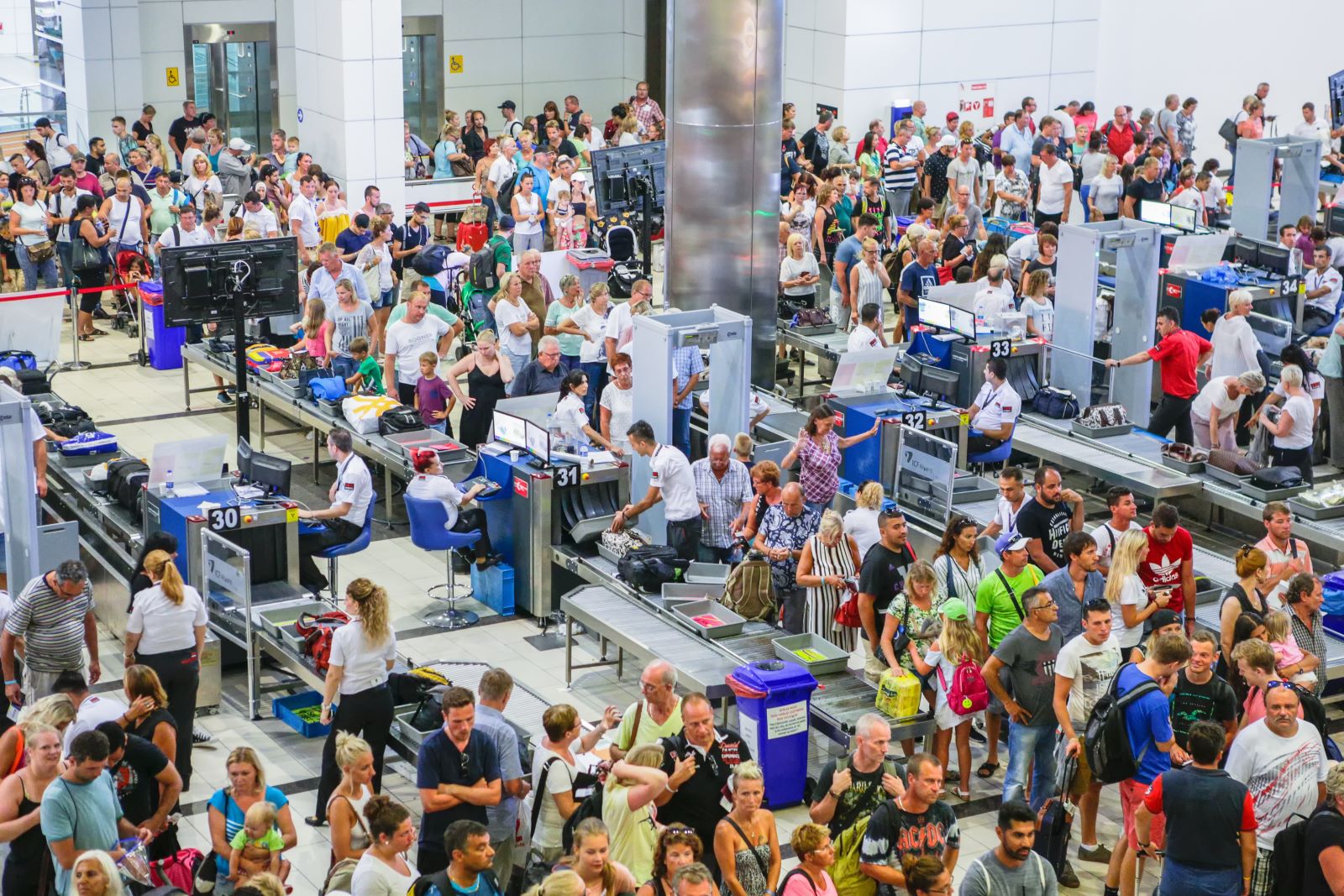
The number of international migrants reached 281 million in 2020, up from 173 million in 2000. This surge is putting pressure on many countries’ infrastructures and economies. The U.S. alone hosts around 51 million immigrants, making it the country with the largest foreign-born population, with significant influxes from Mexico, India, and China.
2. Economic Disparities

Economic inequality between nations drives migration, as people move in search of better opportunities. Migrants from countries like Honduras, Guatemala, and El Salvador are heading to the U.S. for jobs and improved living conditions. This economic divide creates tensions as locals fear job competition and wage suppression.
3. Climate Change and Environmental Disasters
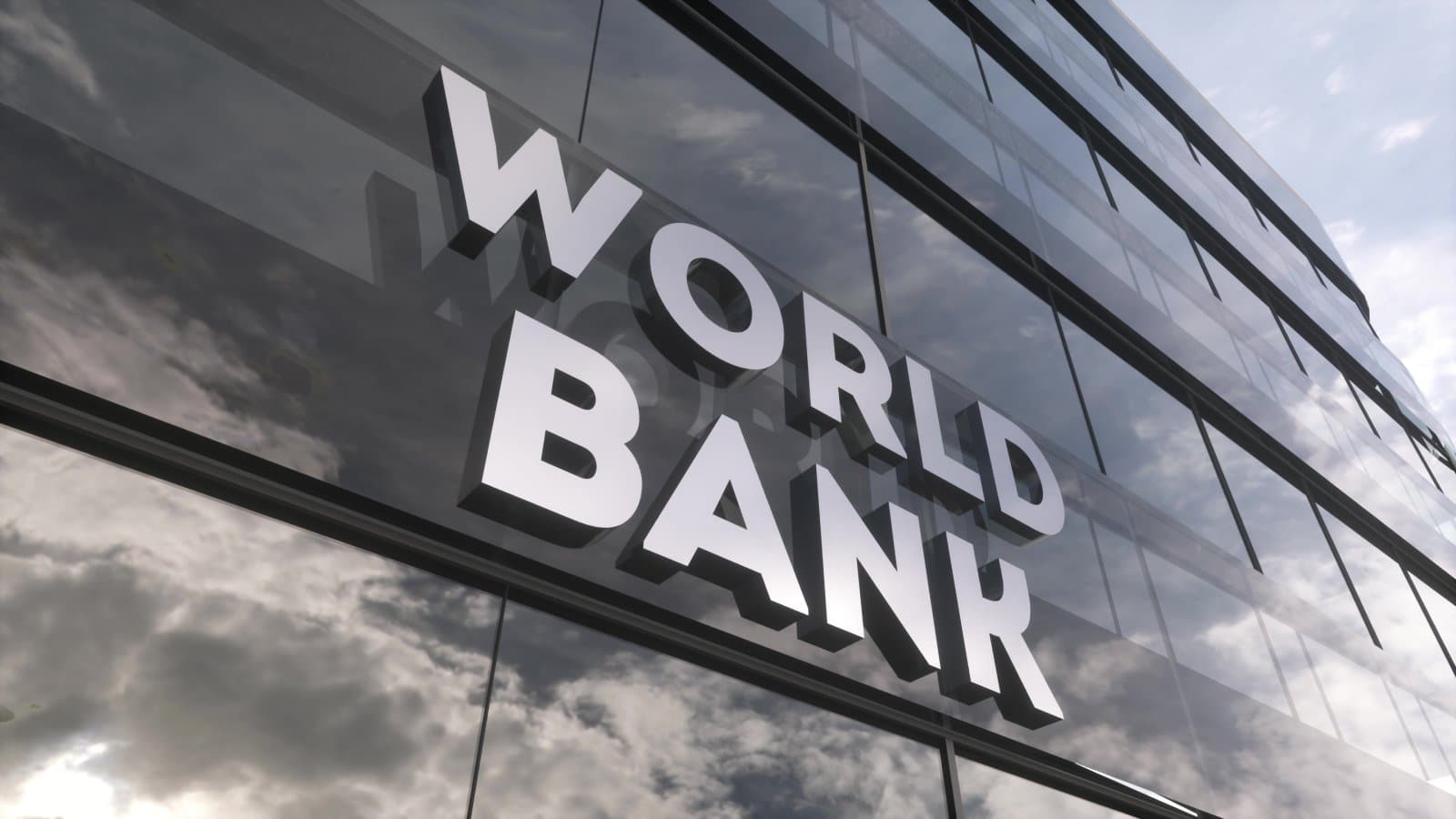
Climate change is displacing millions globally, with extreme weather events and rising sea levels forcing people to migrate. The World Bank estimates that by 2050, 143 million people could be internal climate migrants. The U.S. has already seen an increase in migrants from Central America due to climate-induced hardships like drought and hurricanes.
4. Political Instability and Conflict
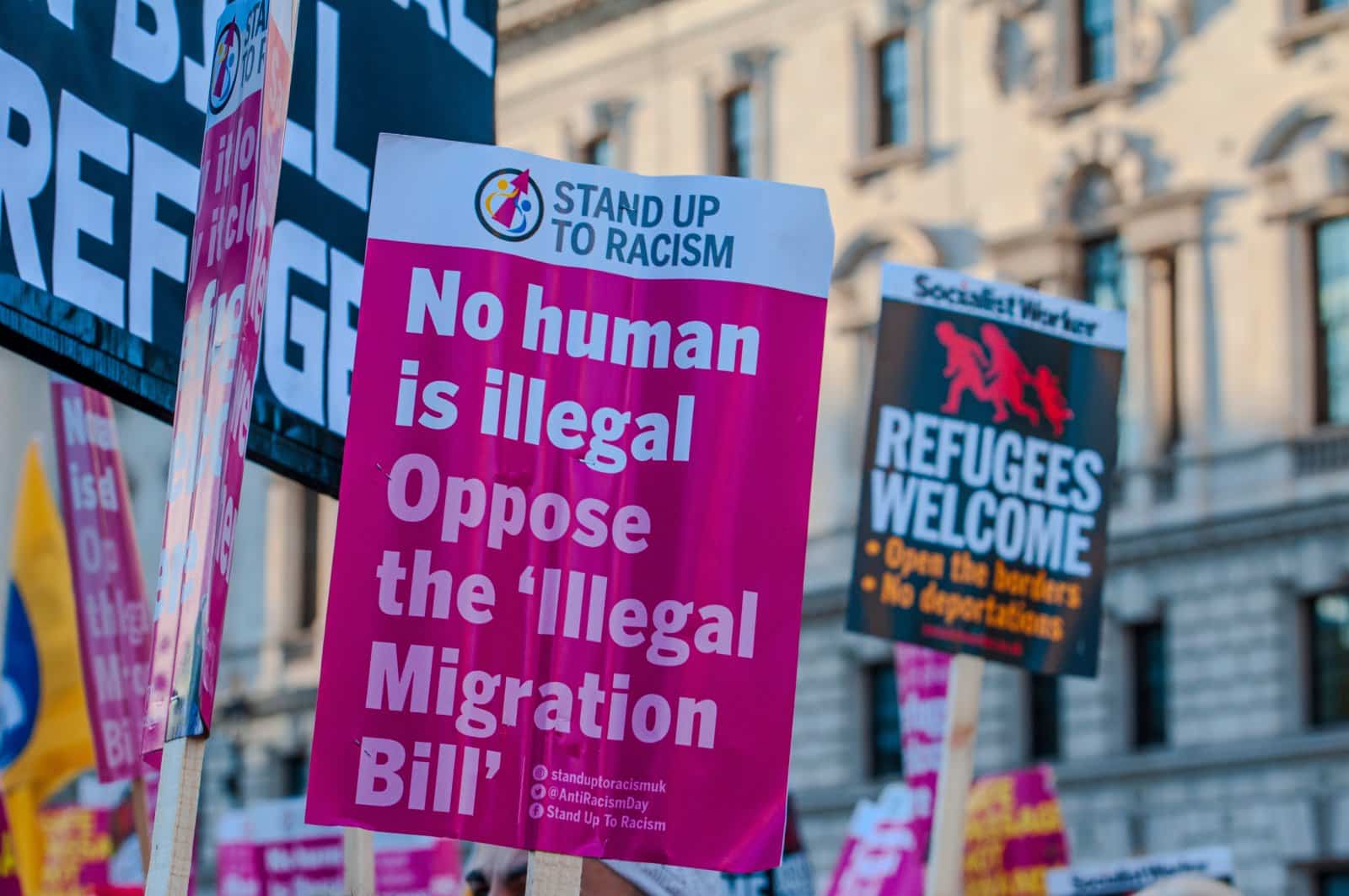
Wars and political unrest are significant drivers of migration. Syrians are fleeing their war-torn country, heading to Europe, while Afghans seek asylum in neighboring countries and the U.S. The Venezuelan crisis has also led to millions seeking refuge in Colombia, Brazil, and beyond.
5. Strain on Public Services

An influx of immigrants can strain public services like healthcare, education, and housing. Countries with high immigration rates, such as the U.S. and Germany, struggle to meet these demands. For example, Germany has seen over 1.1 million refugees since 2015, mainly from Syria, Iraq, and Afghanistan, putting a strain on public services.
6. National Security Concerns
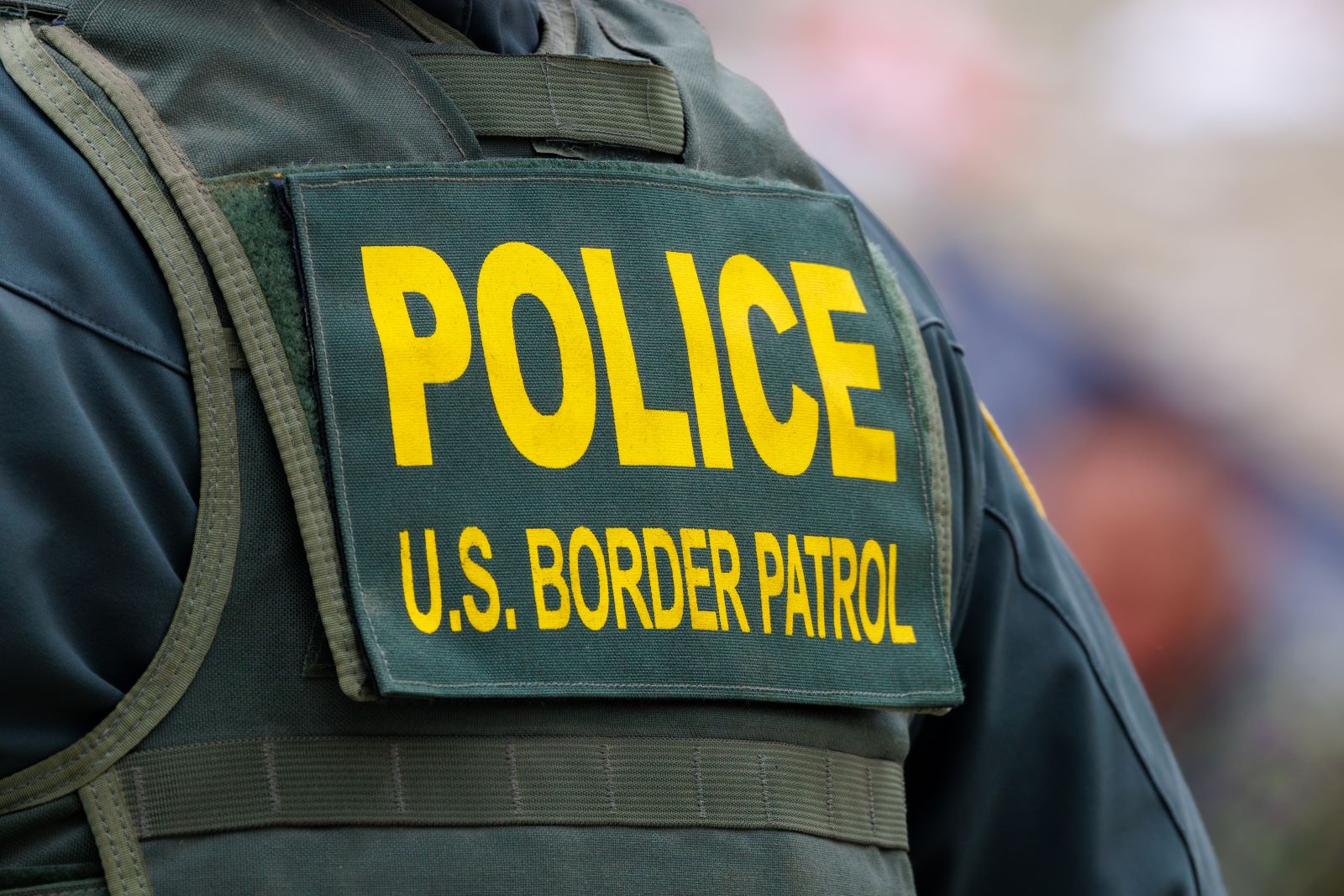
Immigration is often linked to national security issues. Countries worry about potential threats from undocumented immigrants or refugees from conflict zones. The U.S. has heightened border security and vetting processes in response to these concerns, especially following incidents of terrorism.
7. Cultural Integration Challenges

Integrating large numbers of immigrants can pose cultural challenges. Differences in language, customs, and traditions can create friction between immigrants and local populations. In the U.S., debates over cultural assimilation and multiculturalism are ongoing, with significant immigrant communities from Mexico and India.
8. Demographic Shifts

Immigration can significantly alter a country’s demographics. In the U.S., immigrants and their descendants are projected to account for 88% of the population increase by 2065. Such shifts can lead to political and social tensions, particularly in areas with rapid demographic changes.
9. Policy and Legislative Changes
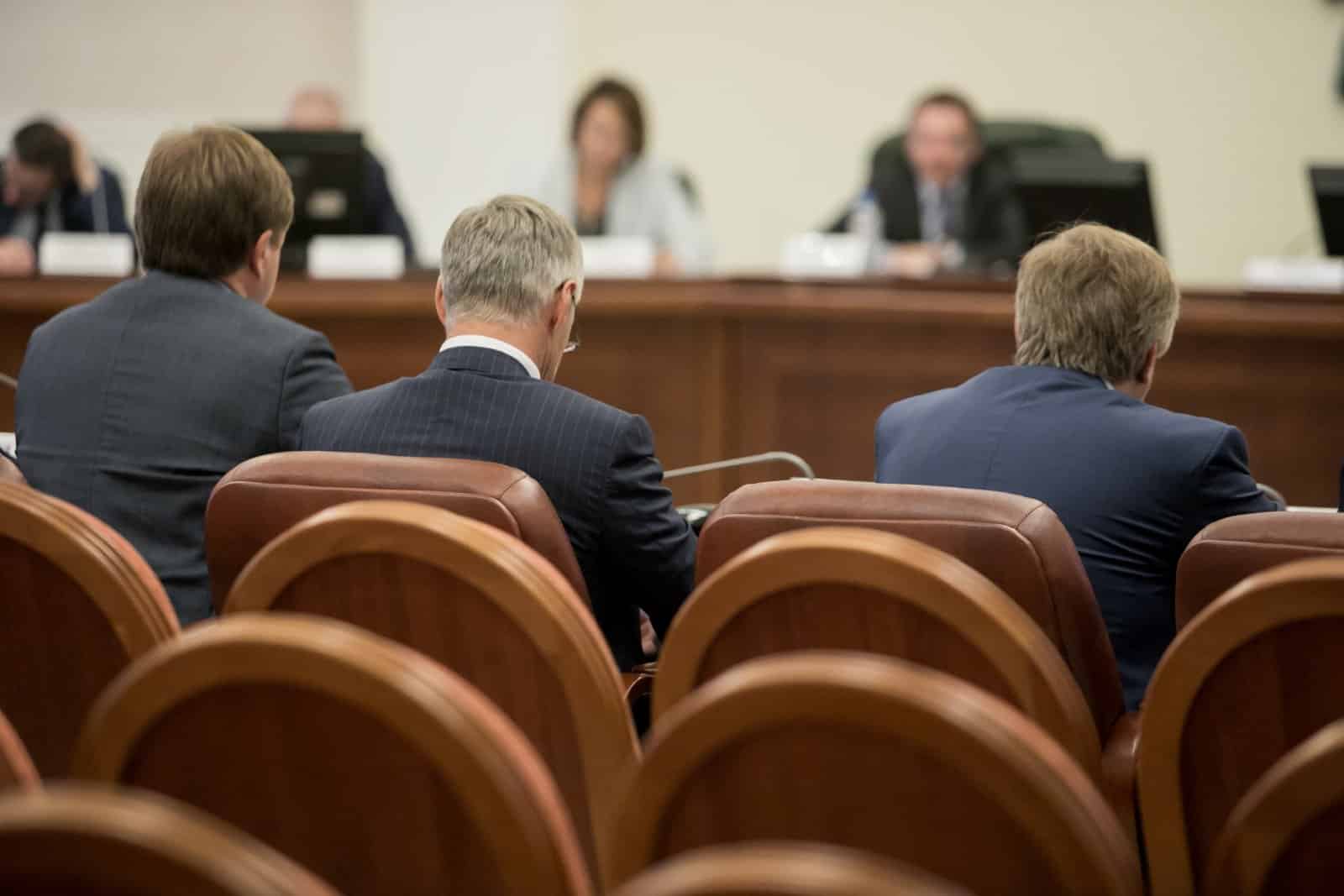
Changes in immigration policies can ignite debates. The U.S. has seen significant policy shifts under different administrations, affecting everything from asylum seekers to DACA recipients. Each change prompts nationwide discussions and protests, reflecting deep divides in public opinion.
10. Economic Contributions of Immigrants

While some argue immigrants take jobs from locals, studies show they often fill crucial labor gaps and contribute to the economy. In the U.S., immigrants are vital in industries like agriculture, healthcare, and tech. For instance, the tech industry relies heavily on H-1B visa holders from countries like India and China.
11. Humanitarian Obligations

Countries face moral and legal obligations to assist refugees and asylum seekers. The U.S. has historically been a leader in refugee resettlement, though numbers have fluctuated with policy changes. Balancing humanitarian efforts with national interests is a complex challenge that remains highly contentious.
12. Illegal Immigration Issues
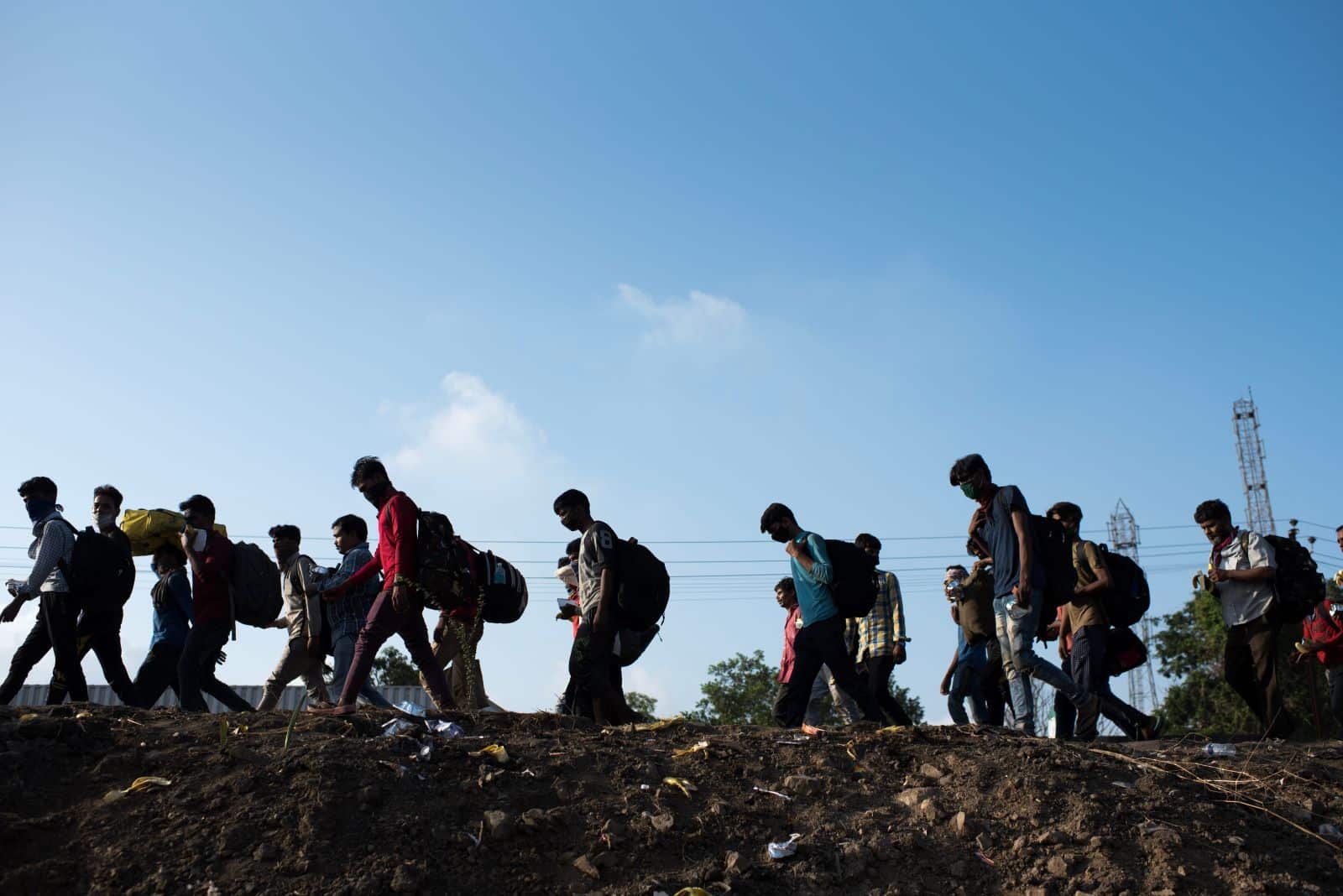
Illegal immigration remains a contentious issue. The U.S. has an estimated 11 million undocumented immigrants, sparking debates over border security, deportation, and amnesty. These discussions often dominate political discourse, reflecting broader concerns about law, order, and fairness.
13. Asylum Seekers and Refugees
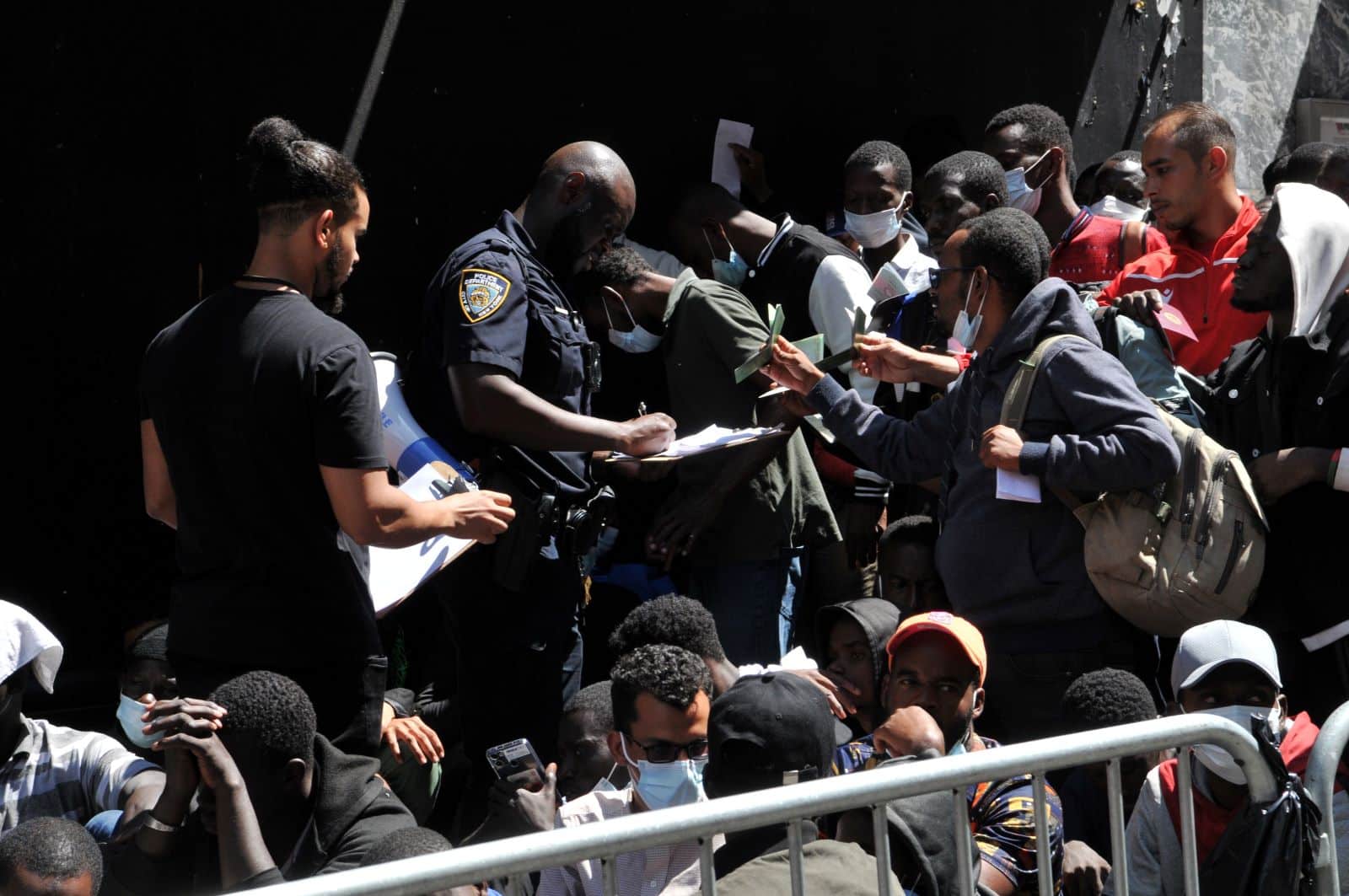
The increasing number of asylum seekers and refugees challenges countries’ capacities to process and integrate them. The U.S. has faced criticism over its handling of asylum claims at the southern border, with many asylum seekers coming from Central America. Efficiently managing these flows is critical to the debate.
14. Globalization and Labor Mobility

Globalization has increased labor mobility, with more people moving for work opportunities. The U.S. benefits from highly skilled immigrants in sectors like technology and medicine. However, this mobility also raises questions about brain drain from developing countries, impacting their growth.
15. Anti-Immigrant Sentiment

Rising anti-immigrant sentiment in many countries fuels the debate. Political movements and parties capitalizing on these sentiments gain traction. In the U.S., anti-immigrant rhetoric has influenced policies and elections, reflecting deep societal divides.
16. Birth Rates and Aging Populations

Low birth rates and aging populations in countries like Japan and parts of Europe necessitate immigration to sustain economies. The U.S. faces similar challenges, with immigrants helping to offset the demographic decline. Balancing these needs with public opinion is tricky, as seen in debates over immigration reform.
17. Technology and Border Control
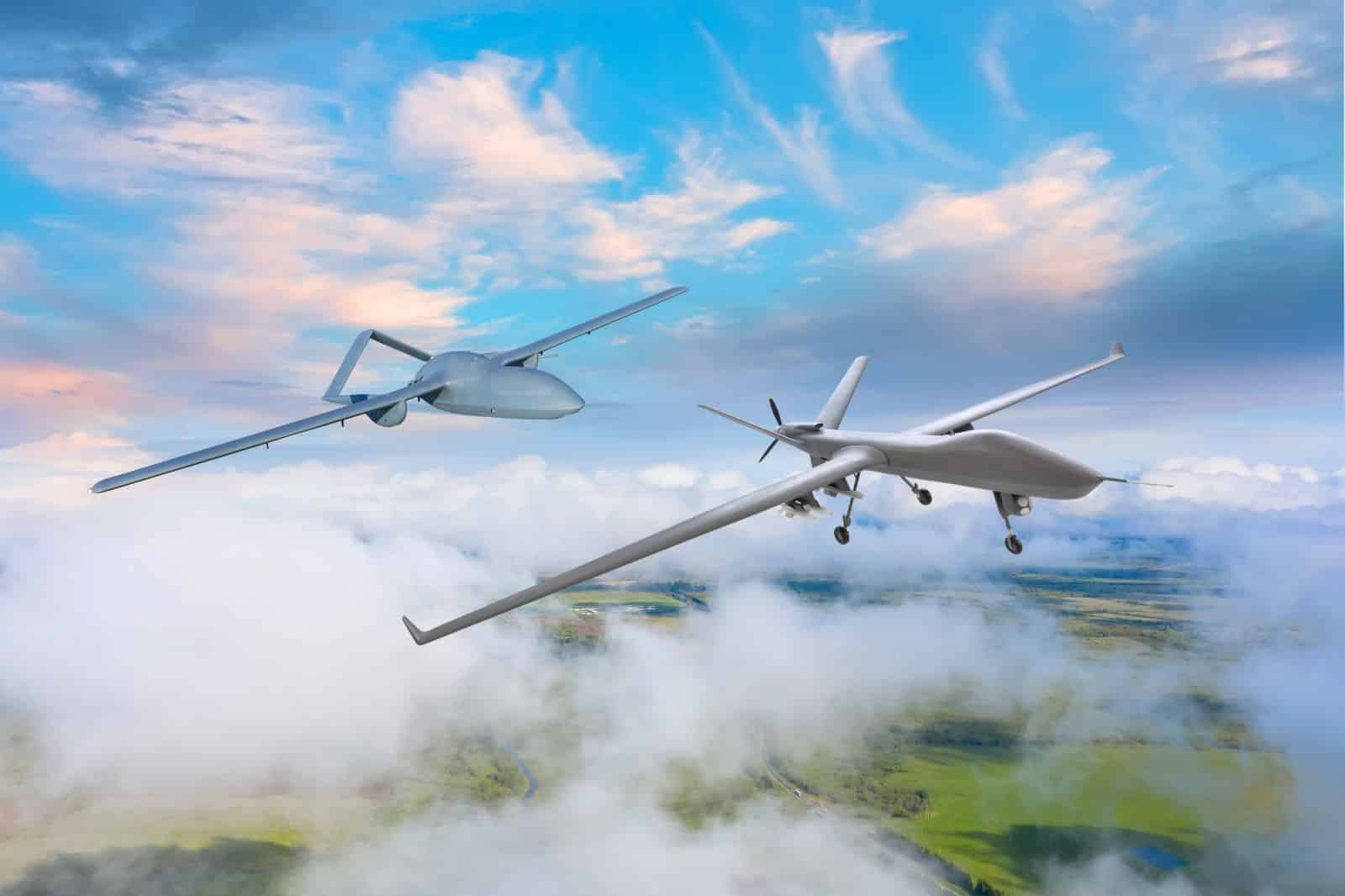
Advancements in technology have transformed border control and immigration enforcement. The U.S. employs drones, surveillance, and biometric systems to monitor its borders. These technologies raise ethical and privacy concerns, adding to the debate over how to balance security with civil liberties.
18. International Agreements and Cooperation
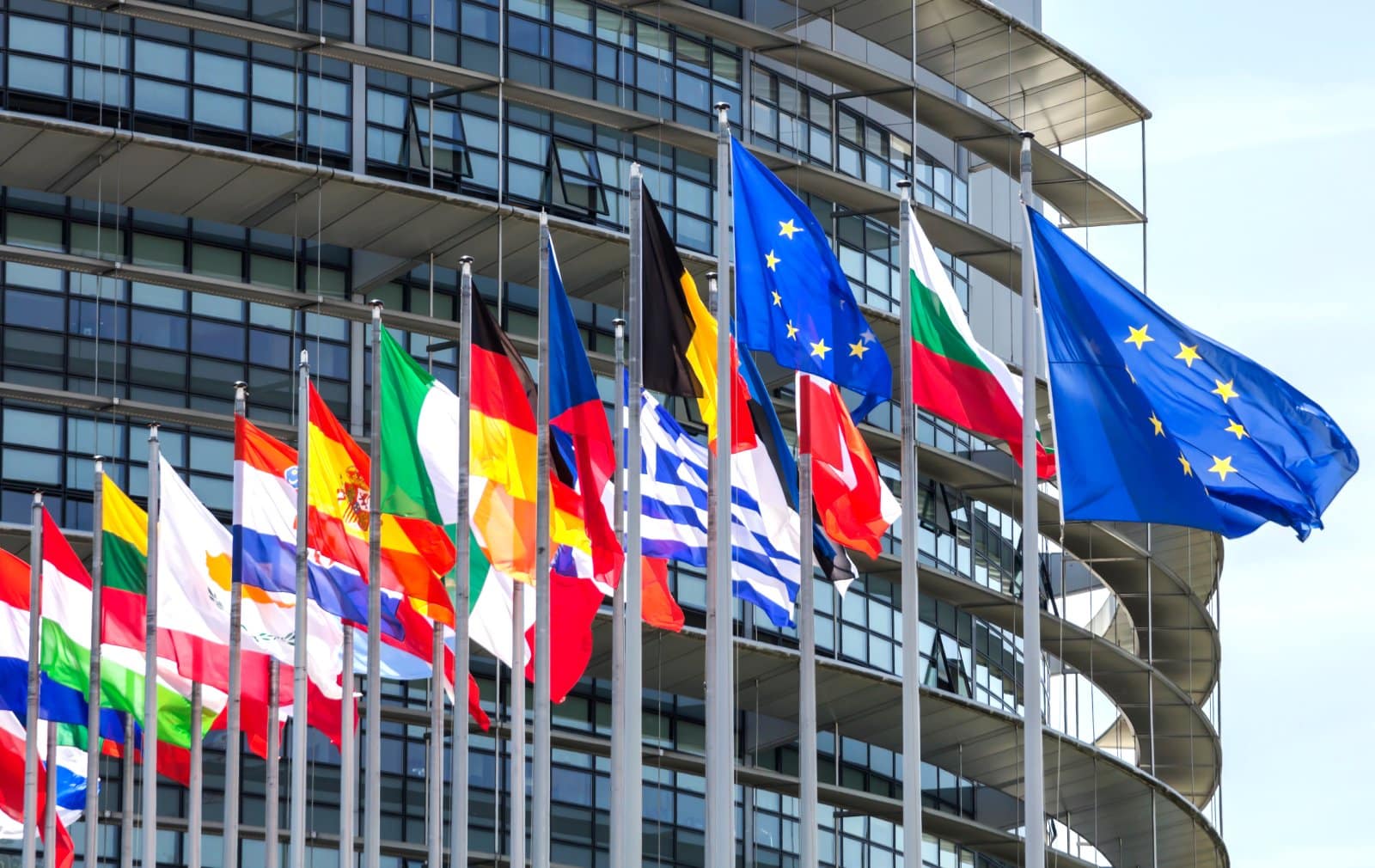
International cooperation on migration is crucial but often fraught with challenges. Agreements like the Global Compact for Migration aim to address these issues but face resistance. The U.S.’s participation in such agreements impacts its immigration policies and global stance, with fluctuating commitments depending on the administration.
19. Public Opinion and Media Influence

Media coverage and public opinion play significant roles in shaping the immigration debate. Sensationalist reporting can fuel misconceptions and biases. In the U.S., media narratives influence public perception and policy decisions, often polarizing the debate further.
20. Education and Workforce Development

Immigrants contribute significantly to education and workforce development. In the U.S., international students and skilled workers are essential to innovation and economic growth. Recognizing their contributions is vital to an informed debate, with many American universities and companies advocating for more inclusive immigration policies.
21. Human Rights and Ethical Considerations

Human rights and ethical considerations are at the heart of the immigration debate. Ensuring fair treatment and protection for migrants is a global concern. The U.S. faces scrutiny over its immigration practices and policies, highlighting the need for ethical solutions that respect human dignity.
The Global Immigration Question
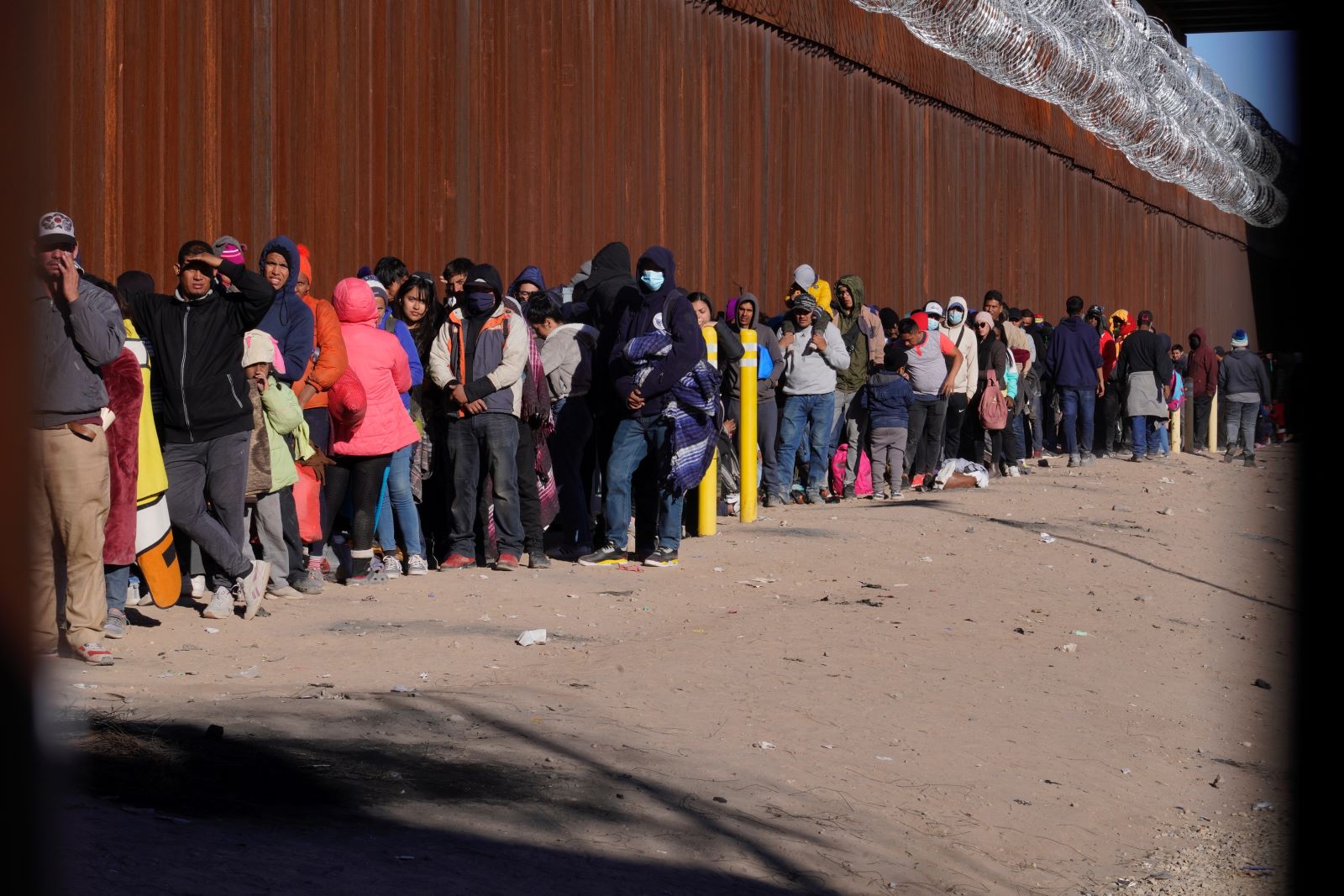
With so many factors at play, the global immigration debate is more complex than ever. How can we balance national interests with humanitarian obligations? It’s a question that demands thoughtful consideration and informed discussion.
21 Beliefs About the Bible That Are Actually False

The Bible is one of the most discussed and debated books in history, yet many common beliefs about it are more myth than fact. How many of these misconceptions have you heard before? 21 Beliefs About the Bible That Are Actually False
21 Subtle Racisms That Are Commonplace in America
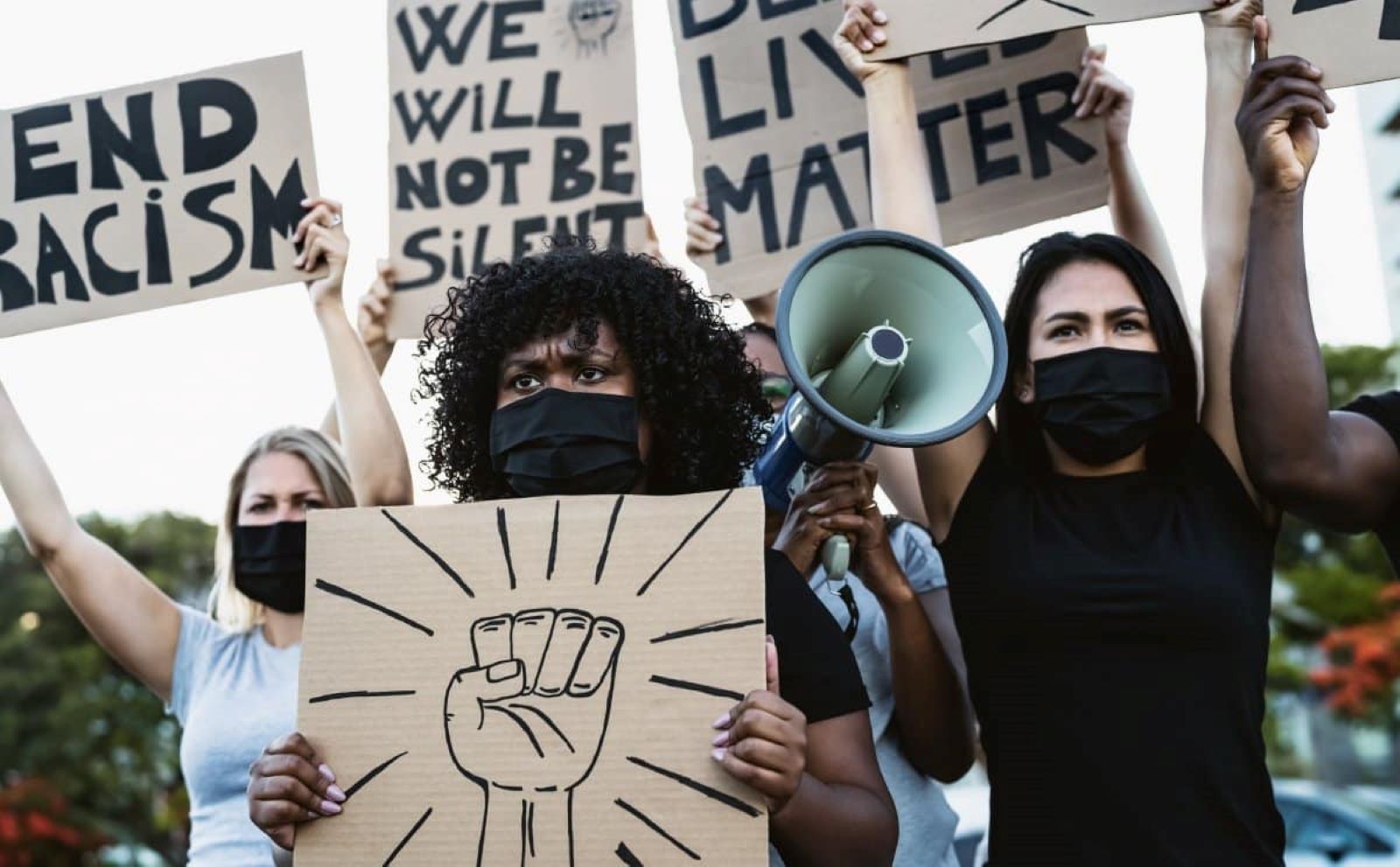
Racism in America isn’t always overt; it often hides in plain sight through subtle actions and attitudes. How many of these subtle racisms have you noticed around you? 21 Subtle Racisms That Are Commonplace in America
Only Legal in America: 21 Things You CAN’T Do in the Rest of the World

The U.S. dances to its own beat, especially when it comes to laws that make the rest of the world do a double-take. Here’s a lineup of things that scream “Only in America,” sticking strictly to what’s written in the law books. Ready for a tour through the American legal landscape that’ll leave you wondering if freedom might just be a bit too free? Only Legal in America: 21 Things You CAN’T Do in the Rest of the World
Featured Image Credit: Shutterstock / David Peinado Romero.
For transparency, this content was partly developed with AI assistance and carefully curated by an experienced editor to be informative and ensure accuracy.

